So, you’re thinking about getting a hamster. A pet hamster can be a great choice for anyone with children or those who just want a small, furry friend to love. However, there are some things you should know before buying and adopting a hamster, such as which type is best for your family, how to take care of it, and what supplies you’ll need.
Why Get a Hamster?
Sometimes people ask questions like, “Are hamsters good pets?” or “Do hamsters like to be held?” The answer, generally, is yes. Although personalities and behaviors can vary between different hamsters, they are typically very sociable and playful creatures, making them ideal pets.
They’re pocket-sized, relatively quiet, and have lots of energy — hence why you’ve probably seen hamsters running marathons on their exercise wheels. The lifespan of a hamster, according to PetSmart, can be up to two years, although some breeds can live for three years and slightly past that. Overall, if you are looking for a new furry family member, hamsters are a solid choice; but there are things you should consider before you buy or adopt one.
Things to Consider
One thing to note is that hamsters are nocturnal creatures. Although they’re generally quiet and sleep during the day, you will likely hear them hitting their exercise wheel or climbing around obstacles in their cages at night.
As with any pet, it’s important to consider the time and financial resources you can commit to with your new hamster. While hamsters aren’t like cats and dogs in the sense that they need to see a veterinarian regularly and don’t need daily walks, they still enjoy attention and exercise. Be sure you’re able to keep up with other needs, such as enrichment toys and food.
How to Prepare for a Hamster
Before you bring your hamster home, you’ll need a few essentials to help them settle comfortably. This includes the following:
- Cage
- Bedding and nesting material
- Food
- Food dish
- Water bottle
- Exercise wheel
- House or hideout
- Toys
Choose a cage that is large enough for your hamster to move around and get some exercise in — and make sure it’s escape-proof. It’s also a bonus to find one that’s easy to clean and well ventilated, which cuts down on any unnecessary odors and health hazards for your pet.
Don’t forget to add some bedding for the cage — aspen, paper, or other fiber-based beddings, preferably as well as some nesting material and a hideout. Hamsters love to nestle and hide away when they’re sleeping.
Of course, you’ll also want to provide them with toys and exercise options, as they are active and curious creatures. Try a standard exercise wheel, an exercise ball to let them run around on the floor, or even some empty toilet paper tubes.
Types of Hamsters
Did you know there are five types of hamsters? Each breed is unique in its own way, so you’ll want to do some research and determine which type of hamster will fit in best in your home and with your lifestyle. Here’s a brief guide to the different hamster breeds.
Chinese
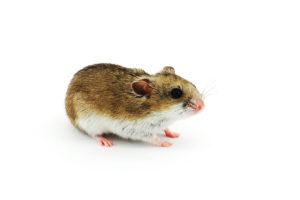
Similar in size to a true dwarf hamster, the Chinese hamster grows to about four inches in size and has a noticeable tail. It generally does not get along well with other Chinese hamsters, but certain ones may prefer a buddy.
Chinese hamsters are generally good-natured and comfortable being held, providing you’ve consistently handled them from a young age. However, if they’re not used to it, they can get nervous and nippy. They’re also small and quick, which can make it challenging to handle them.
Winter White Hamster
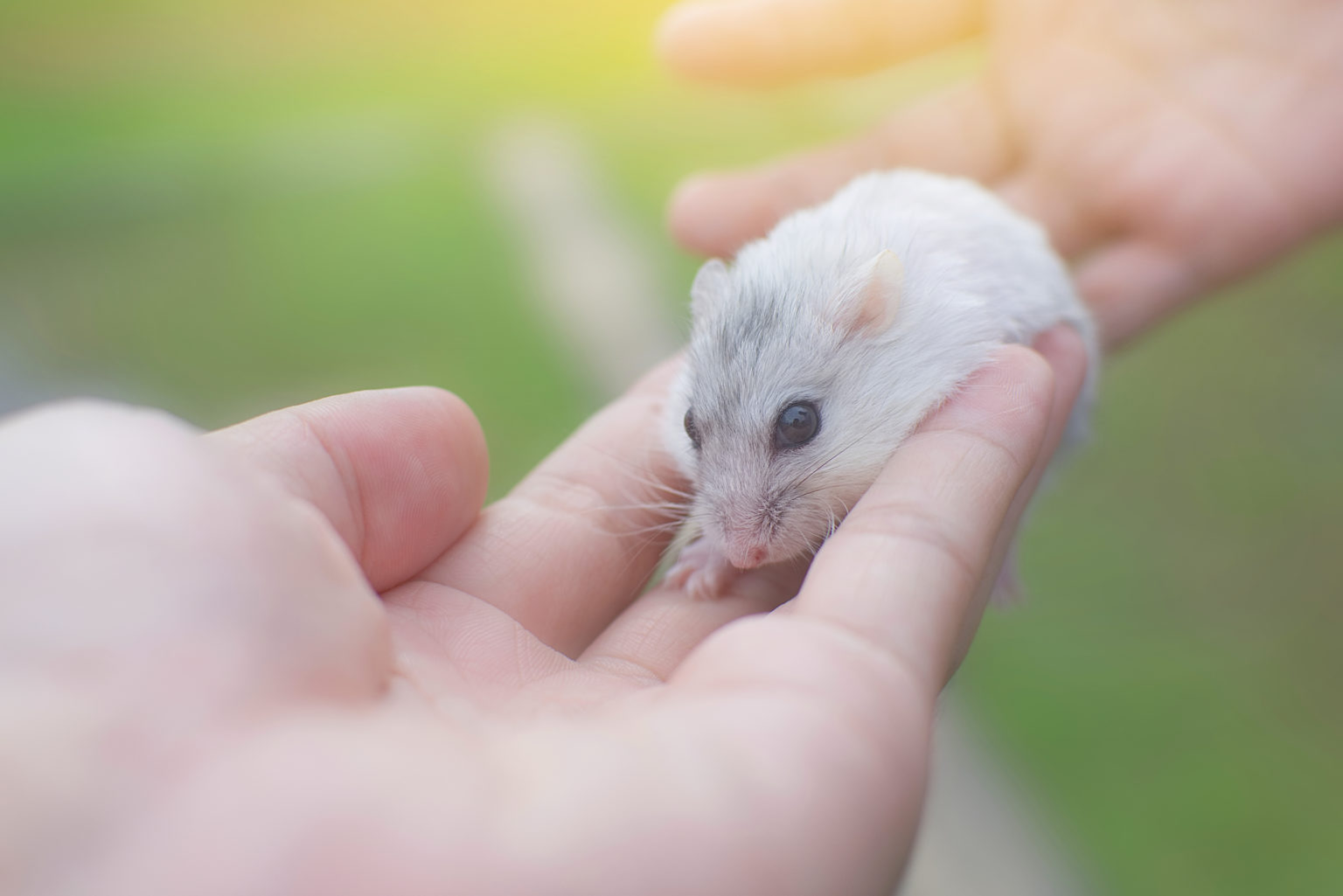
A type of dwarf hamster, the winter white, can grow up to four inches long. Generally, they are quite cuddly and good-natured, as well as less likely to bite or nip. However, they can still be quick, making it tougher for younger children to handle.
The winter white hamster generally is more social with its own species and can be kept in same-sex pairs or groups. However, that’s only recommended if it’s done from a young age.
Russian Hamster
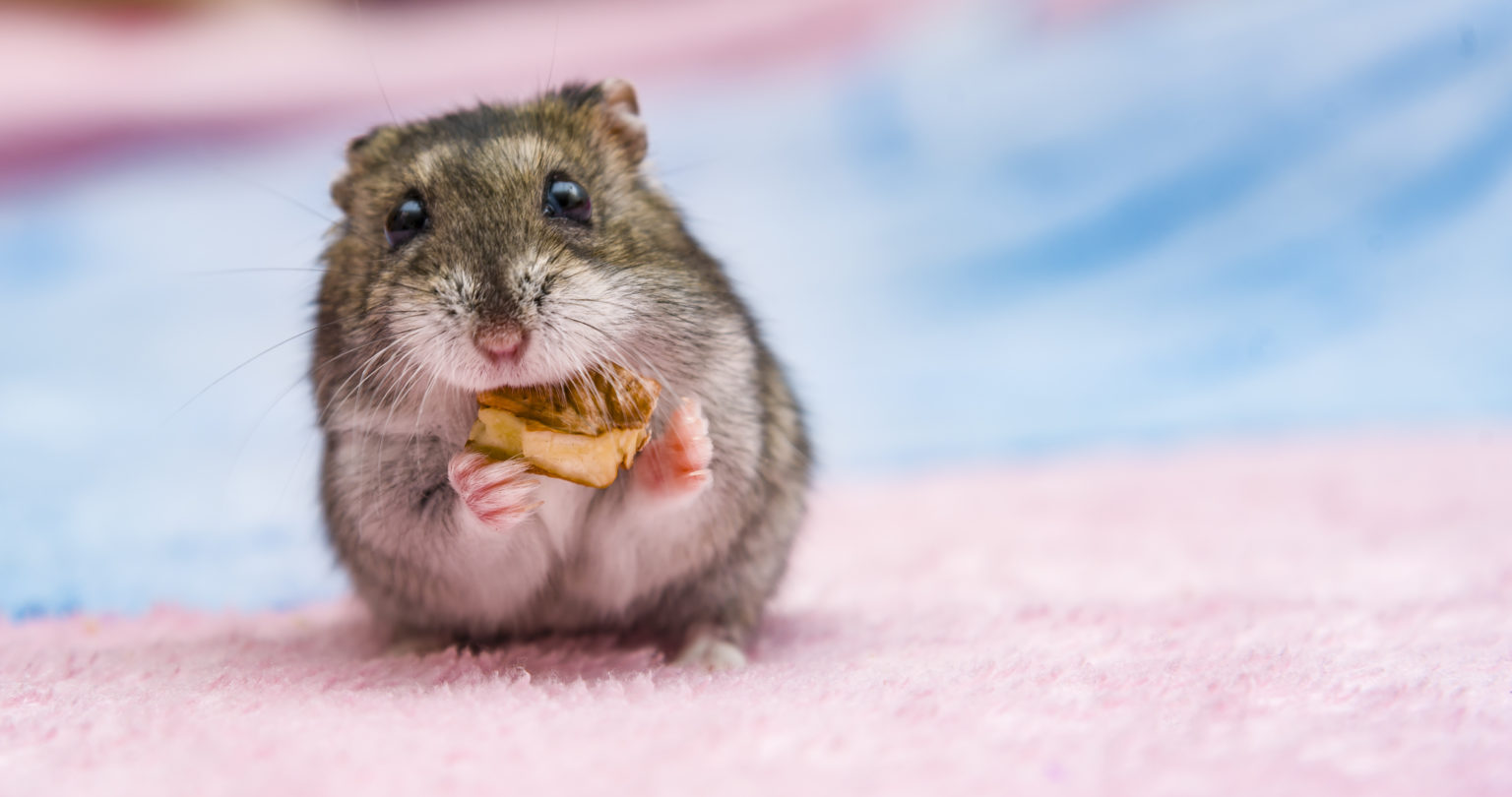
Formally known as Campbell’s dwarf Russian hamster, the Russian hamster can reach up to two to four inches in size. It’s a bit less sociable than other breeds and can be nippy, but if you’re consistent with socializing, it can be an affectionate creature.
Like other dwarf hamsters, they’re small and quick, which can make it difficult for young children to handle. And, like the winter white hamster, Campbell’s Russian hamsters are social with their species and can be kept in same-sex pairs or groupings so long as they were introduced to each other at a young age.
Roborovski
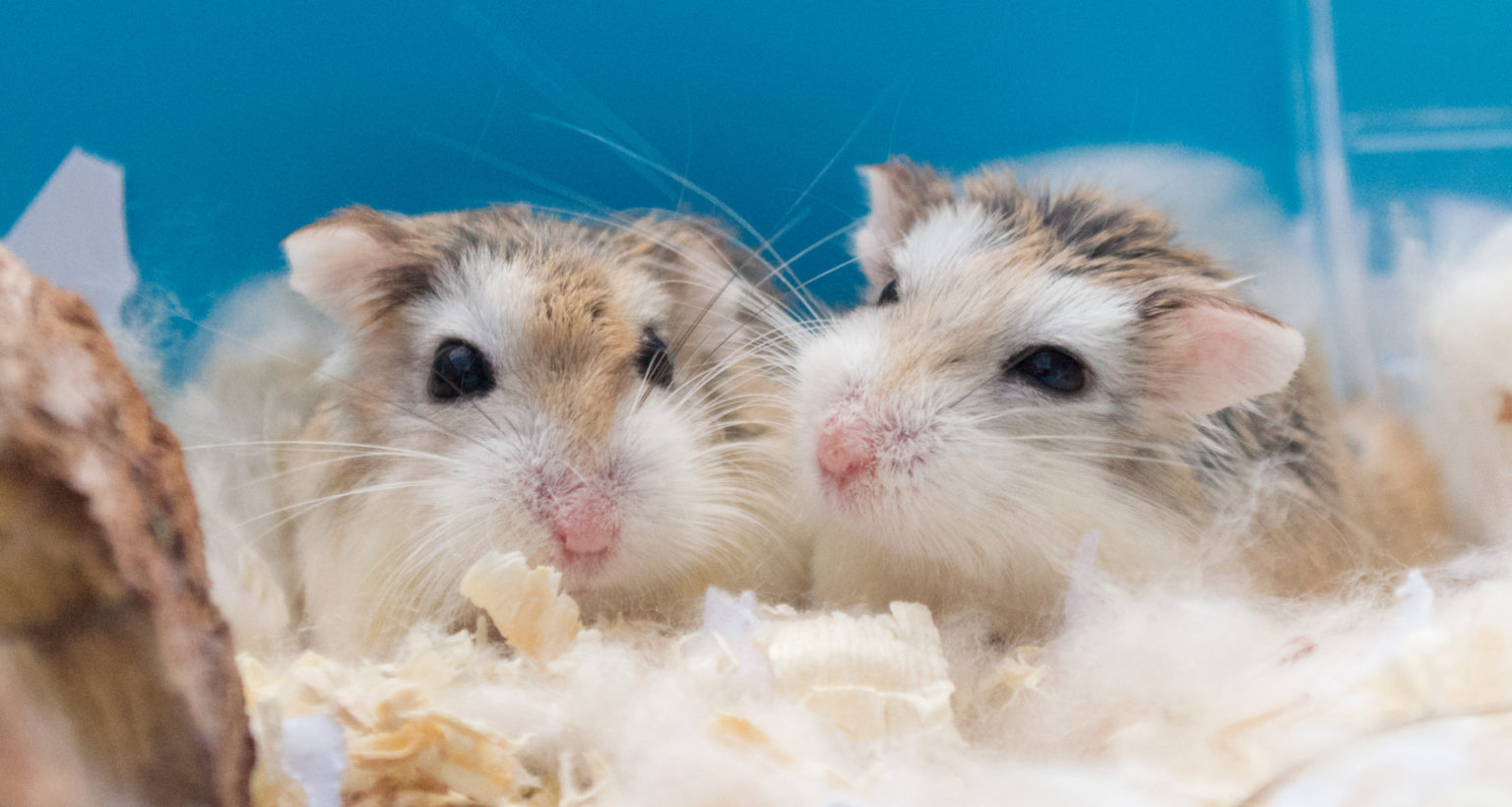
Along with its dwarf cousins, the Roborovski hamster is also quick and agile. As one of the smallest breeds, it generally reaches only two inches in size; however, it has the longest lifespan, at up to 3.5 years. Roborovski hamsters also tend to be social with their own species, though they should be introduced first at a young age.
Syrian (Golden) Hamster
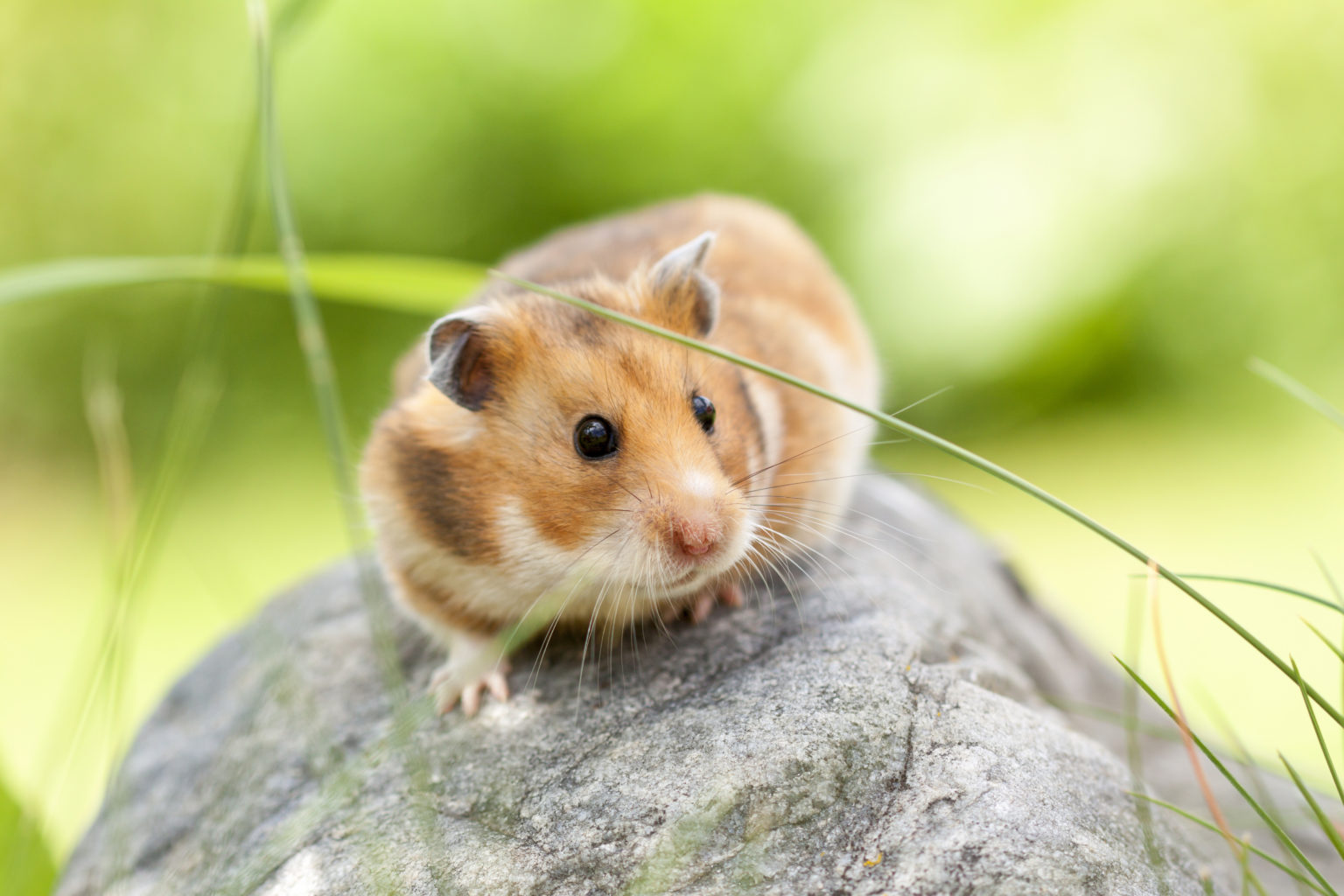
Also known as a fancy bear hamster or teddy bear hamster, Syrian hamsters are among the most common hamster breeds found at pet stores. These hamsters should only be alone in a cage, or they will fight if kept together. Generally, they can be quite tame and easy to handle. They’re also the largest hamster breed, growing up to six to eight inches in size.
While teddy bear hamsters sometimes bear a reputation for being somewhat nippy pets, it’s generally due to infrequent or improper handling. Consistent handling and socialization should help with this.
Takeaway
If you’ve decided that you are ready for the commitment of keeping a pet hamster and have the necessary supplies to bring your new furry friend home, make sure you do your homework when deciding which breed is best for you and your family. Whether it’s the tiny Roborovski hamster or the classic teddy bear hamster, don’t forget to check out each breed’s needs and characteristics to ensure you find the best match.
